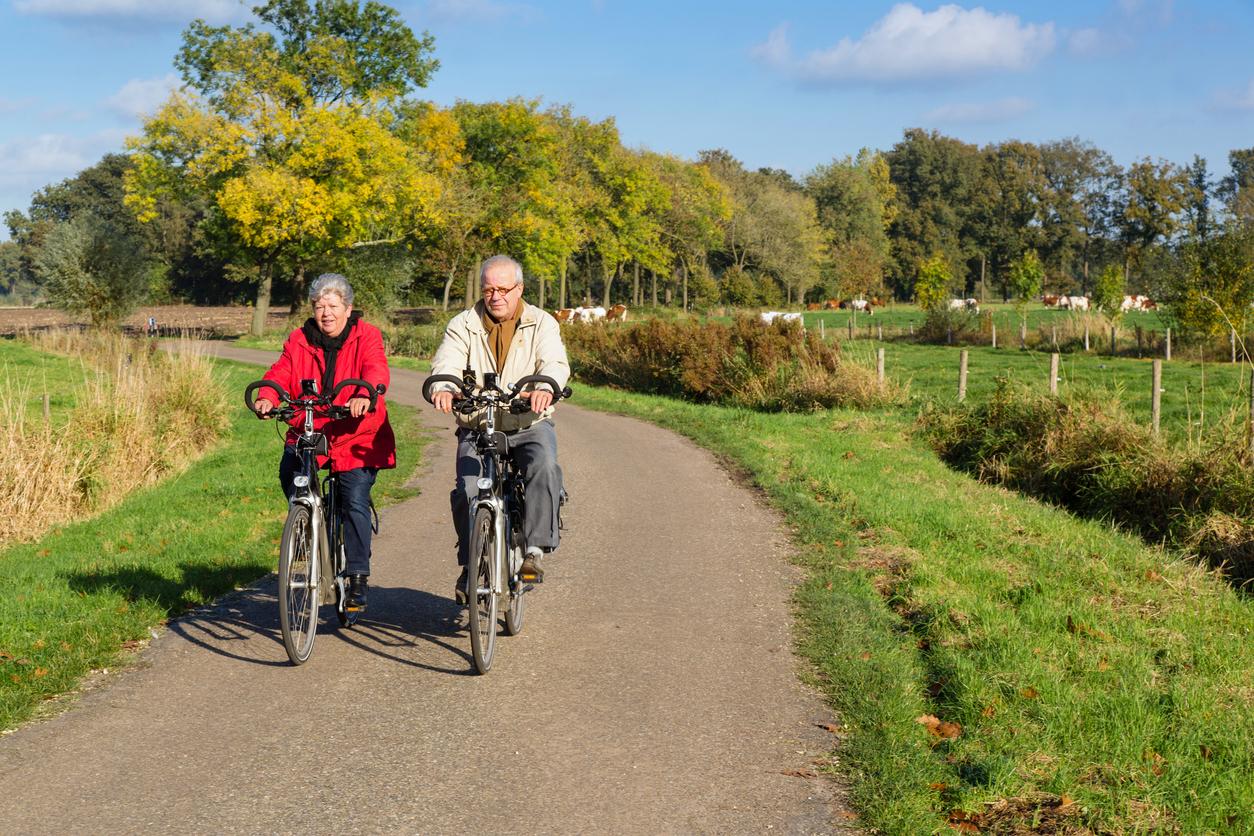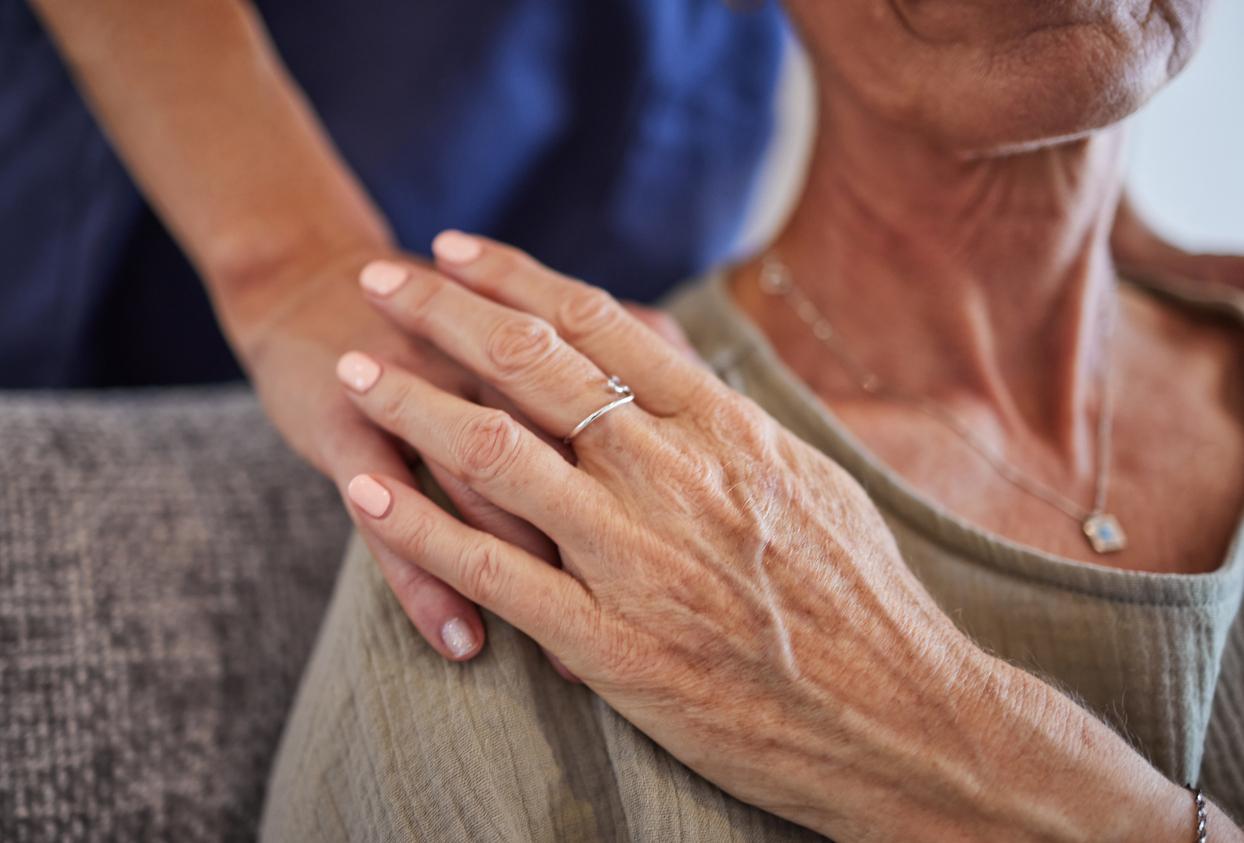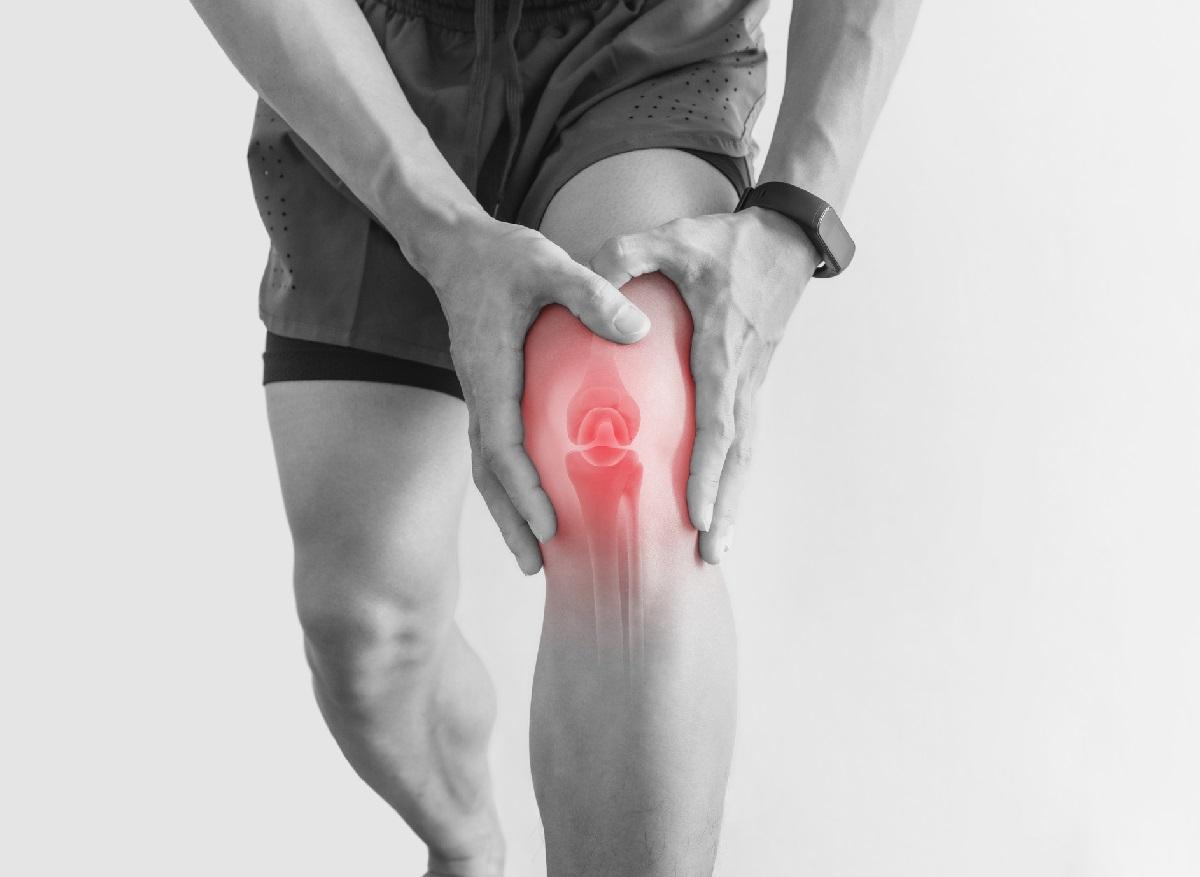People who cycle regularly are less likely to have knee pain or osteoarthritis later in life, according to a new study.

- Cycling regularly throughout your life reduces the risk of knee pain and osteoarthritis, a new study suggests.
- The cyclists had less pain and osteoarthritis than those who had not cycled during their life.
- The results were even more beneficial for those who have always cycled.
10 million people suffer from osteoarthritis in France, including 65% of those over 65, according to the National Institute of Health and Medical Research (Inserm). Excess pressure on the joints, sometimes due to too high an intensity of physical activity during one’s life, is a risk factor for the development of this disease. But, when the intensity of the sport is moderate, it could have a preventive effect.
Cycling reduces the risk of osteoarthritis
Indeed, according to a new study published in the journal Medicine & Science in Sports & Exercisepeople who cycled regularly throughout their lives had a lower risk of developing osteoarthritis – with or without symptoms – and having knee pain.
To achieve this result, the researchers asked more than 2,600 participants, aged 45 to 79, to complete a questionnaire. They were asked whether they had cycled (with the number of years and times per month) during their life, according to four age groups: 12-18 years; 19-34 years old; 35-49 years old; and 50 years and over. Cycling included outdoor, indoor cycling, or indoor spinning sessions. Thus, of the more than 2,600 participants, more than half of them rode or regularly cycle.
Scientists have observed a link between cycling and knee problems and osteoarthritis. Indeed, people who participated in this physical activity at any time in their lives reported less knee pain and osteoarthritis, with or without symptoms, compared to those who never cycled. The benefits were even greater for participants who cycled throughout their lives.
Knee pain: 17% less risk thanks to bike
“Compared to non-cyclists, cyclists were 17% less likely to have frequent knee pain, 9% less likely to have osteoarthritis without symptoms, and 21% less likely to have osteoarthritis with symptoms. , compared to those who did not cycle, says Dr. Grace Lo, one of the authors. Additionally, each additional age group cycling results in a decreased likelihood of reporting knee pain and osteoarthritis with or without symptoms.”
The researchers recognize a limitation to their study: the information was declarative and, above all, collected retrospectively. This can therefore lead to errors. But the essential message remains the same: “the main point to remember from this study is that for people who are afraid of suffering from knee pain, osteoarthritis with or without symptoms, cycling can be a good preventive measure and that the more often they will do it throughout their life, the better the health of their knee will be“, concludes Dr. Grace Lo.


















